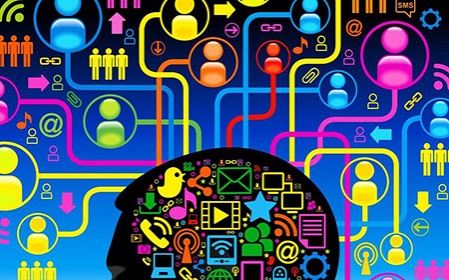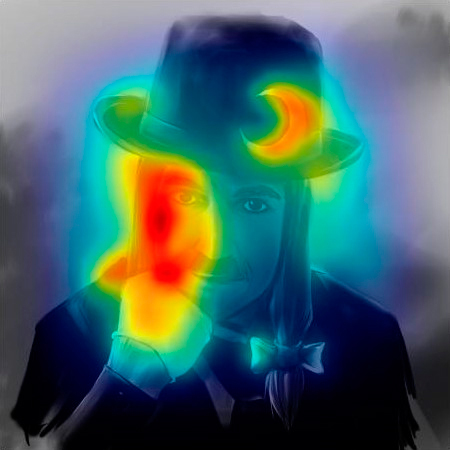- Oneclick.az
- Xəbərlər
- Business
- Neuromarketing: art of sales based on psychology and digital marketing
Neuromarketing: art of sales based on psychology and digital marketing

Reaching out to the target audience on the Internet is becoming increasingly difficult, because there is a lot of interference in the communication "buyer-seller", which distort the original message. A new way to minimize data loss and improve the quality of advertising campaigns – is neuromarketing, the direction of market research, the subject of which is the study of unconscious human reactions to advertising stimuli.
Definitions: how are we working?
Neuromarketing – is the study of unconscious human reactions to marketing stimuli with special equipment (scanners, galvanometers, electroencephalography, and others.). The obtained results are the basis for the creation of advertising messages that will predictably effective. The data that is obtained by neyromarketing specialists, allow you to change a person's thoughts before he realized it and did his position.
Selling psychology – is a comprehensive knowledge which consists of the ability to identify true and false needs and customer objections, and then to work so as to satisfy the need and neutralize opposition, as a result making a sale.
How to adapt the neuromarketing to the internet?
Neuromarketing involves working with retail and personal sales in the classic form, but in modern reality the situation is fundamentally different. 4 channels are used in neuromarketing communications:
- Hearing;
- Sight;
- Touch;
- Smelling.
It will important to work on the internet by aromas and tactile contact. Hence, there are only two channels. Tools of digital marketing, the psychology of sales supplemented by knowledge and support areas of neuromarketing are ideal for working with them. This arrangement will allow conveying of information with a minimum of loss and distortion. Here's what you can use:
- Playing video (instructions, reviews, commercials);
- Graphic content (infographics, animation);
- Widgets of various kinds (including pop-up windows with smart display settings).
How it looks like in practice?
We have found that we are working with vision and hearing potential of customer (mostly really by vision, auditory component of the Internet is less important). It means, by forming the messages, it is necessary to push off it. Your task – is to invest the necessay ideas in the mind of the potential buyers which he will subconsciously perceive it as their own, but not imposed from outside. Such thoughts will automatically become more valuable and provide a fundamental influence on the final decision. All techniques listed below are effective. The task of neuromarketing – is to confirm their effectiveness namely for your audience, and, if necessary, make adjustments on the basis of the obtained data.
Cognitive dissonance - is the psychological conflicts that arisen as a result of the parallel existence of two or more thoughts (most often - illogical and irrational). In order to use of the cognitive dissonance in their favor, you can use of the neuromarketing to identify the true needs and fears of your target audience, relating to the goods / services → understand how you can dispel them → to offer the customer a bunch of "problem-solution" that will be conveyed by means of digital marketing (banners, images, videos, etc.).
The effect of social proof. According to the statistics of Power Reviews, 70% of buyers are exploring the product reviews before they buy it, and 63% - buy at those sites where there are reviews and ratings. In fact it is an original interpretation of the collective sense - if a lot of like, I like it too. All these components should have on the pages of your site in one form or another, it is best if they are provided with pictures. But to test their effectiveness will rightly need tools of neuromarketing.
The effect of anxiety. In classical psychology, the sales of anxiety effect – is the first stage of the impact on the buyer (hereinafter greed, attachment, considerations of prestige, the desire to learn something new and sense of fun is used). The same can also be used in the sales by network. The main thing – is to identify the stimulus that will attract the attention of the consumer (using of neuromarketing research), "enable" it and then lead man, by "touching" the above mentioned feelings. Sometimes anxiety is a message about the limited number of goods or a provocative question: " Have your child yet not shoes for winter?".
The suggestion effect (suggestion), or a placebo effect. It has long been known that improvement is noticed in health of a man taking the drug dummy from the hands of a doctor, whom he believes more. In science, it is also called the suggestion. In order to affect the suggestion, the following conditions are to be complied with:
a) notification of suggestor (who gives an installation), that’s ideal opinion leaders;
b) low level of awareness of the client in question;
c) less importance of the sale object for him;
d) unusual form of information or its suddenness;
e) lack of time for decision making.
The role of neuromarketing – is the testing of unconscious reactions to all of the above variables.
How to make sure that it all works?
Through research, existing or held for you. There are also "helpers" in neuromarketing, for example, computational neuroscience. When your ad is ready, it is processed by a special program that shows you where the user's attention will be directed to. Reliability of results – is about 85%. It looks like it:
That’s, the area that is most intensely illuminated to attract maximum attention of the consumer. It means, elements are to be located namely here to which it is necessary to draw attention.






